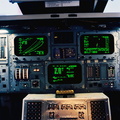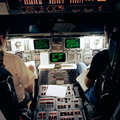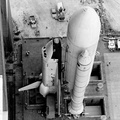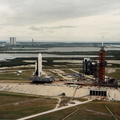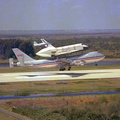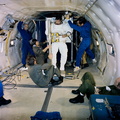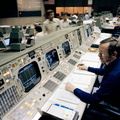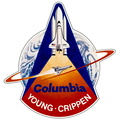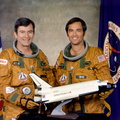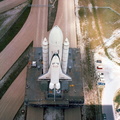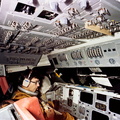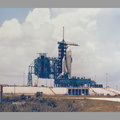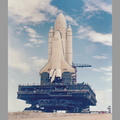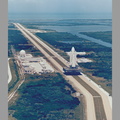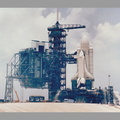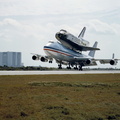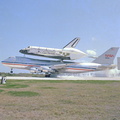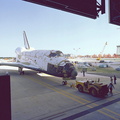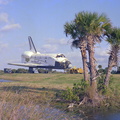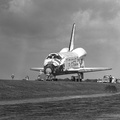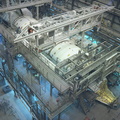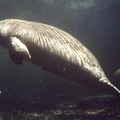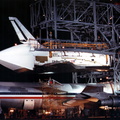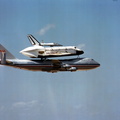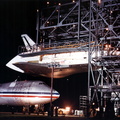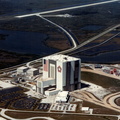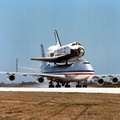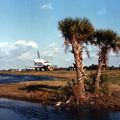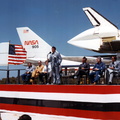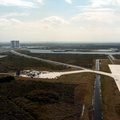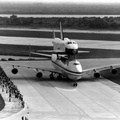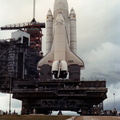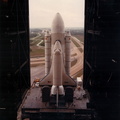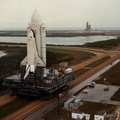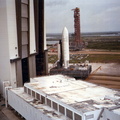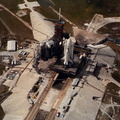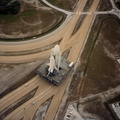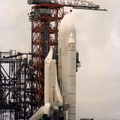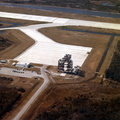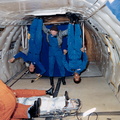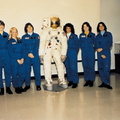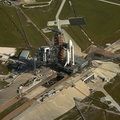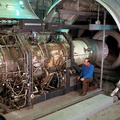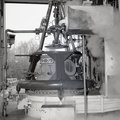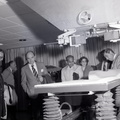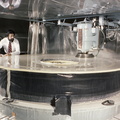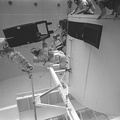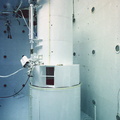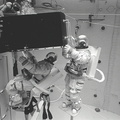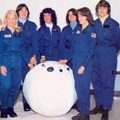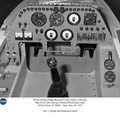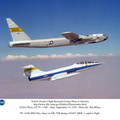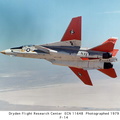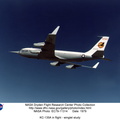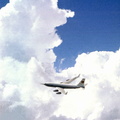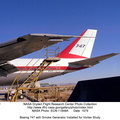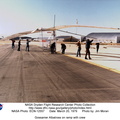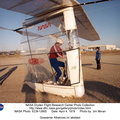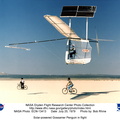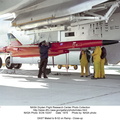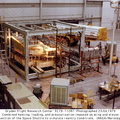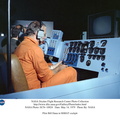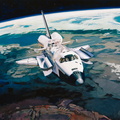
WIKIARCHIVES.SPACE
The Human Spaceflight Archive

NASA 991, an F-14 Navy Tomcat designated the F-14 (1X), is seen here in banked flight over the desert on a research flight at NASA's Dryden Flight Research Center, Edwards, California. The F-14 was used at Dryden between 1979 and 1985 in extensive high-angle-of-attack and spin-control-and-recovery tests.
Information
- Taken in
- Edwards Air Force Base
- Autors
- NASA
- Apraksts
-
NASA 991, an F-14 Navy Tomcat designated the F-14 (1X), is seen here in banked flight over the desert on a research flight at NASA's Dryden Flight Research Center, Edwards, California. The F-14 was used at Dryden between 1979 and 1985 in extensive high-angle-of-attack and spin-control-and-recovery tests.
The NASA/Navy program, which included 212 total flights, acheived considerable improvement in the F-14 high-angle-of-attack flying qualities, improved departure and spin resistance, and contributed to substantial improvements in reducing "wing rock," (i.e., tilting from one side to another), at high angles of attack.
The Navy had been experiencing inadvertant spin entries caused by the F-14's aileron rudder interconnect. The NASA/Navy/Grumman team developed and tested 4 different configurations of the aileron rudder interconnect to address the spin problem. These problems prompted the Navy to ask the manufacturer, Grumman, and NASA to investigate the issue.
NASA 991 had numerous special additions for high-angle-of-attack and spin-recovery research. These included a battery-powered auxiliary power unit, a flight test nose boom, and a special spin recovery system, consisting of forward mounted, hydraulically actuated canards and an emergency spin chute.
NASA's F-14 was first flown by NASA research pilots, but was later flown by Grumman, and by Navy test pilots from Patuxent River Naval Air Station (NAS). The Navy test flights with the spin research vehicle constituted the first program that incorporated air combat maneuvering in its test flights at Dryden. The Navy brought F-14s from Point Mugu and Miramar NAS in San Diego to test the new spin control laws in combat situations. Although the new control laws proved valuable, the Navy did not incorporate them into production F-14s until the F-14D, nearly 15 years later.
- Izveidots
- Trešdiena 5 Septembris 1979
- Albūmi
- US SPACE PROGRAM / AERONAUTICS RESEARCH / F-14 TOMCAT
- Source link
- https://www.dfrc.nasa.gov/Gallery/Photo/F-14/index.html
- Apmeklējumi
- 19
- Rezultējošais vērtējums
- nav vērtējuma
- Vērtēt šo foto
- License
- Public Domain
- Modified by WikiArchives
- No (original)
- Lejupielādes
- 0
Skripts Piwigo
